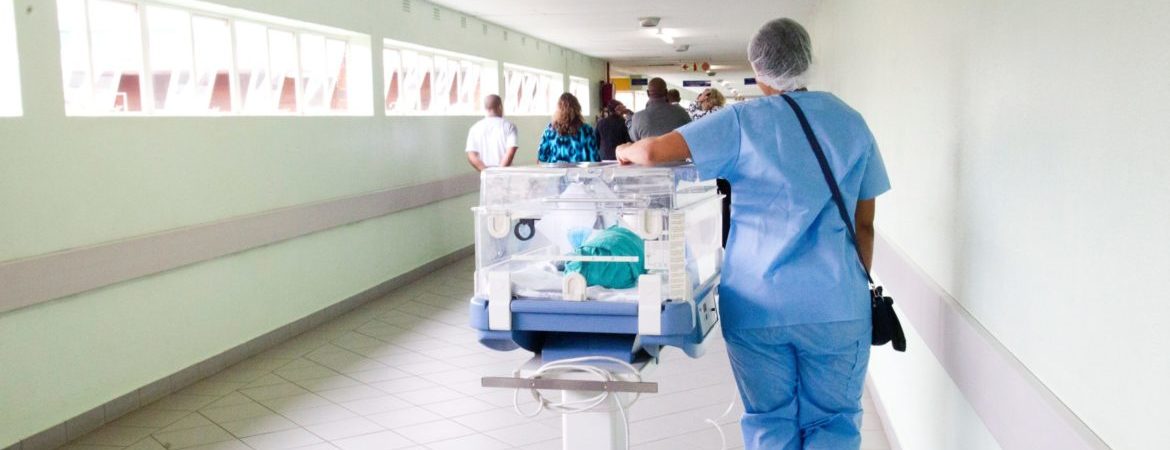What’s the Role of Healthcare Communication Tools During a Crisis?
.Could the spread of the novel coronavirus be the “black swan” event that underscores the efficacy of healthcare communication tools?
According to many healthcare industry leaders, clear communication coupled with adequate care options for patients is an essential facet amid a harsh and unpredictable environment.
Of course, it’s during turbulent times that your organization and the people dependent on your proficiency require you to be the calming voice within the storm.
With the help of healthcare communication tools, any healthcare organization has the potential to scale up its operations and deliver unmatched outcomes.
This can be demonstrated by the use of a remote-controlled robot to take the vital signs of the first COVID-19 patient—utilizing a stethoscope and subsequently conveying the information via a screen within the same facility.
Let’s look at some of the critical ways healthcare communication tools can support care strategies, especially during the COVID-19 crisis.
1. Educate and Engage Patients
Healthcare communication tools can help single out at-risk or potentially infected patients—and equally, to keep others at home. For instance, your IT team can design a coronavirus assessment chatbox that facilitates users’ to input symptoms.
Such technological infrastructure can allow users to pin down the best next steps, plausibly providing them with another option rather than having to come to the hospital or clinic—more so, for non-urgent cases.
One possibility is where a user selects an on-demand virtual visit. And subsequently, a medical practitioner goes through his/her symptoms. Such telehealth infrastructure is also likely to help manage an influx of queries covering several participating sites.
Tools such as healthcare digital signage can also be used to share information publicly. Displaying info such as how to prevent spread, what the clinic/hospital is doing to ensure safety will help to create some calm or reassurance in an otherwise stressful time.
2. Promote Information Sharing Between Clinics and Staff
Where healthcare facilities and human resources are extensive, technology platforms can enable teams to communicate early and often. Here, healthcare communication tools can provide you with an edge—availing healthcare facilities an array of tools to handle documents, among other benefits.
Another way of promoting knowledge sharing is through digital signage. This platform allows your organization to display COVID-19 updates on screens in the clinic—ensuring the information reaches a broader audience and equally improves message retention because of repeated viewing.
You can have hourly updates, making information available to everyone in your entire footprint. Likewise, this approach can help a healthcare organization conduct virtual grand rounds for their staff in real-time.
Here’s an example;
Case in point: COVID-19 specific updates. The organization can implement several healthcare record platforms to help spot symptoms that require testing or to track new cases. Thus, this strategy can potentially support your IT team in building and implementing alert systems within a relatively short time.
3. Leverage Predictive Analytics to Predict Workflows and Needs
The emergence of COVID-19 in certain localities within the US wasn’t a surprise. Yet, through the use of predictive analytics, organizations’ could have utilized relevant data to inform a strategy before medics diagnosed the cases.
Healthcare organizations can utilize analytics tool designs. This enables their physicians to map predictive models of probable new cases and to provide information to other organizations. This approach allows your team to refine their ability to predict what’s coming.
Every organization needs to be one step ahead in their industry—this requires you to identify your weak spots, and if need be, opt to reposition your personal protective equipment (in the case of COVID-19; where you put your ventilators).
4. Deploy Mobile Tools to Boost Care and Recovery Settings
For many healthcare facilities, the use of mobile devices helps facilitate medic-patient communication while minimizing contact with considerably contagious subjects.
Additionally, these mobile tools help provide information as well as entertain patients during the extended quarantine. This approach augments your organization’s strict isolation protocol.
*******
Healthcare communication tools are one of those “buzz” concepts that impact every healthcare organization. Each healthcare system may have a significantly different outlook, based on the needs of the healthcare providers, and the varying care demands of patients. It’s for these reasons buyers of healthcare IT must consider industry best practices. This keeps their organizations’ unique challenges at the top of their agenda.



